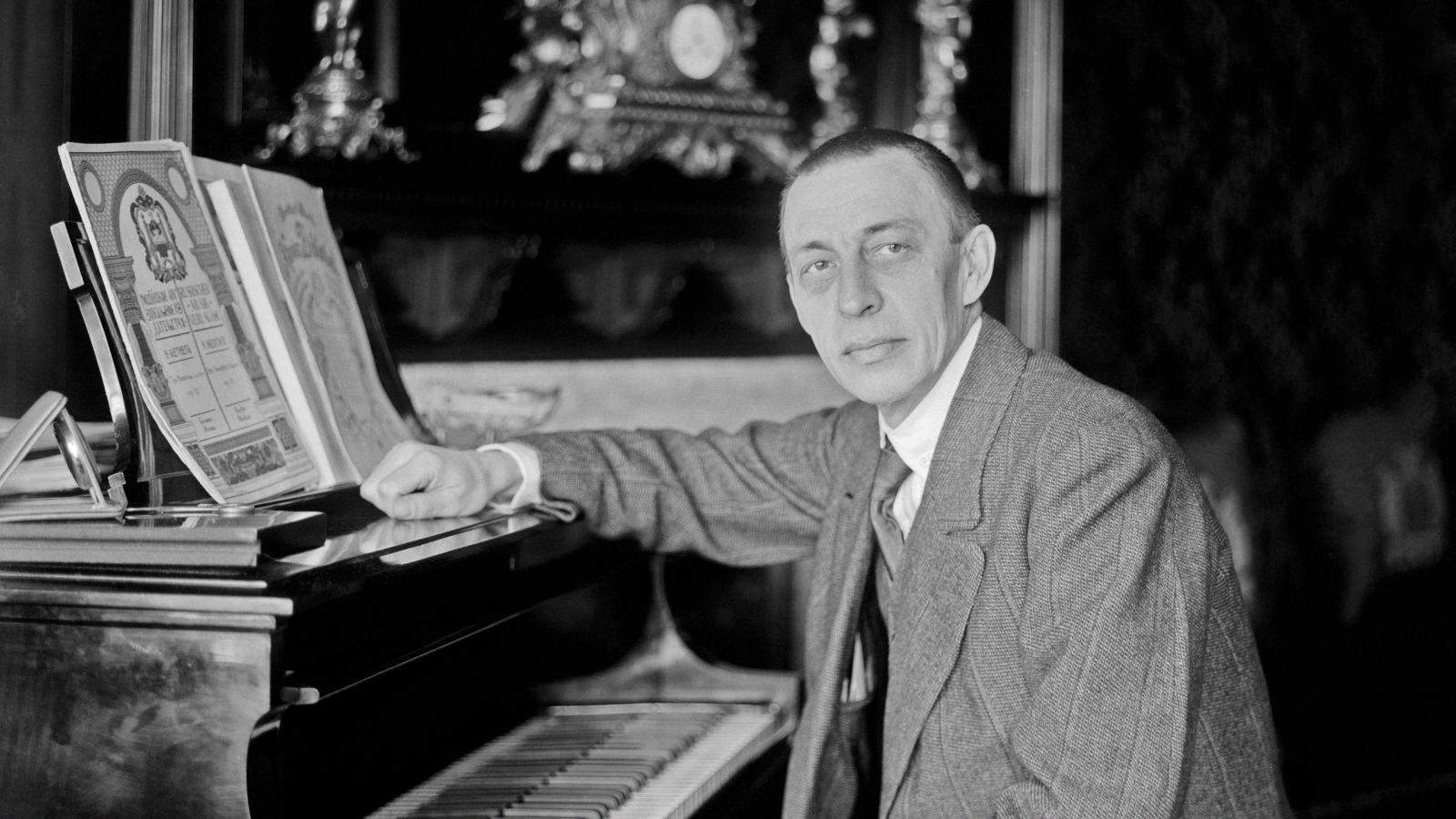Sergei Rachmaninoff is widely regarded as one of the most talented composers and pianists of all time. One of the most remarkable aspects of his musical ability was the size of his hands. It has been said that Rachmaninoff had extraordinarily large hands, which allowed him to play complex piano pieces with ease.
The reach of Rachmaninoff’s hands was truly impressive. It is said that he could stretch an interval of thirteen notes, which is known as a thirteenth. For comparison, the average person can typically only stretch an interval of an octave, or eight notes. This extra reach gave Rachmaninoff a distinct advantage when it came to playing the piano, as he was able to play pieces that were simply too difficult for other pianists to attempt.
Rachmaninoff’s large hands were not just a result of genetics, however. It is believed that he may have had Marfan’s Syndrome, which is a genetic disorder that affects the connective tissues in the body. One of the most common physical traits of Marfan’s Syndrome is unusually long and slender fingers, which would have givn Rachmaninoff an advantage when it came to playing the piano.
Despite his physical gifts, Rachmaninoff still had to work hard to develop his musical abilities. He practiced for hours every day, often playing the same piece over and over again until he had perfected it. His dedication and hard work paid off, however, as he became one of the most celebrated pianists of his time.
In addition to his impressive piano skills, Rachmaninoff was also a gifted composer. Many of his most famous works, such as the Prelude in C-sharp minor and the Piano Concerto No. 2, are still popular with audiences today. His unique ability to create beautiful and complex music using his large hands is a testament to his talent and dedication.
Sergei Rachmaninoff’s large hands were a defining aspect of his musical ability. Whether due to genetics or a genetic disorder, his ability to stretch an interval of thirteen notes gave him a distinct advantage when it came to playing the piano. His dedication and hard work, combined with his physical gifts, helped him become one of the most celebrated musicians of all time.
Why Was Rachmaninoff’s Hands So Big?
Rachmaninoff’s hands were unusually large and slender, with the ability to span a twelfth. The cause of his hand size was likely due to Marfan’s syndrome, a genetic disorder that affects the connective tissue in the body. This disorder often results in elongated limbs, fingers, and toes, a condition known as arachnodactyly. Rachmaninoff’s hand size and shape were well-suited to playing the piano, allowing him to achieve technical perfection in his performances.

Who Has Bigger Hands Liszt Or Rachmaninoff?
According to historical accounts and records, it is widely believed that Rachmaninoff had larger hands than Liszt. Rachmaninoff was known to have a hand span of around 12.1 inches, which allowed him to reach a 13th interval on the piano. On the other hand, Liszt’s hand span was reported to be around 9.8 inches, which enabled him to reach a 12th interval on the piano. Therefore, based on the available information, it can be inferred that Rachmaninoff had larger hands than Liszt.
Which Pianist Had The Biggest Hands?
The pianist with the biggest hands was not officially recorded, but it has been said that composer Sergei Rachmaninoff had extraordinarily large hands. Rachmaninoff was known for his highly challenging piano pieces that required a great deal of technical skill and dexterity. His hand span is said to have been around 12.5 inches, which is larger than the average hand span of about 7.5 inches. The size of his hands allowed him to effortlessly play complex chords and reach the full range of the piano keyboard.
Why Did Liszt Have Big Hands?
It is believed that Franz Liszt had a medical condition called Marfan’s Syndrome. This condition results in the elongation of certain parts of the body, including the fingers and hands. As a result, Liszt had unusually large hands and fingers, which may have contributed to his exceptional piano playing abilities. Marfan’s Syndrome is a genetic disorder that affects the body’s connective tissue, and it is characterized by a range of physical symptoms, including elongated limbs, fingers, and toes. While there is no cure for Marfan’s Syndrome, treatment can help manage the symptoms and improve quality of life.
Conclusion
The hands of Sergei Rachmaninoff were known for their extraordinary size and span, allowing him to perform technically challenging pieces with ease. His ability to reach a 13th, or almost two full octaves, is a testament to his physical prowess as a pianist and composer. It is believed that Rachmaninoff, like Liszt, had Marfan’s Syndrome, which contributed to his large hands and fingers. Rachmaninoff’s hands remain a remarkable aspect of his legacy and an inspiration for musicians and enthusiasts alike.
